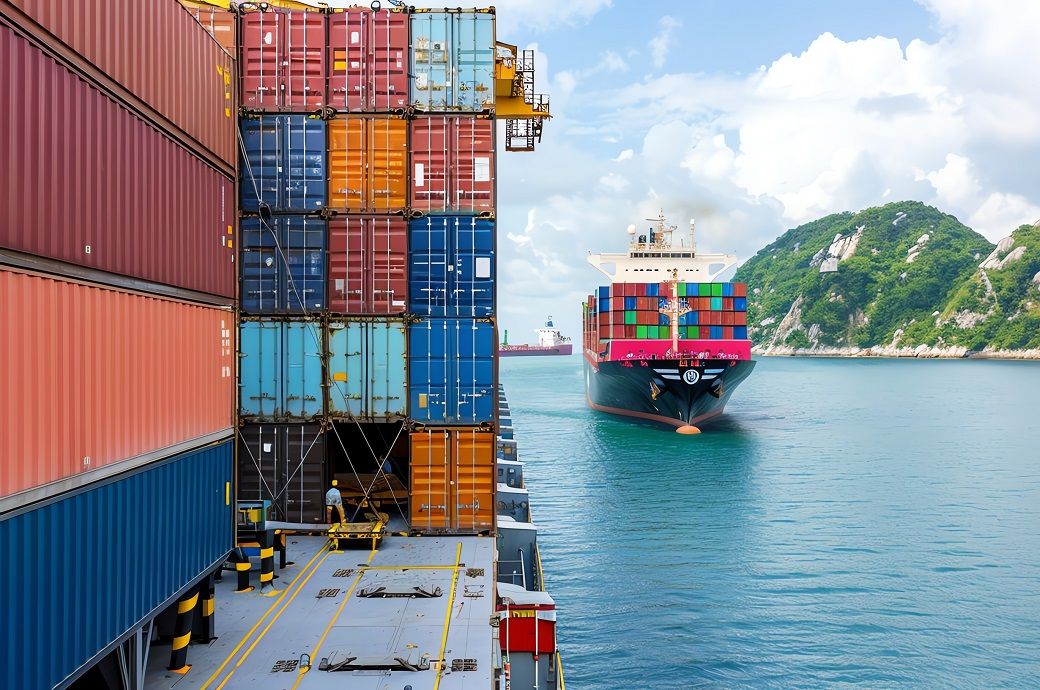
This is perfectly demonstrated on the trade from the Far East to South America East Coast, where a record-breaking 1.6 million twenty-foot equivalent units (TEU) were shipped in the first nine months of the year, driven by exports from China, which are up by 14.8 per cent year on year (YoY).
Alongside the record-breaking volume on this trade is an all-time high in offered capacity, which averaged 63 900 TEU in the first four weeks of October. This is an increase of 73 per cent YoY.
Prior to 2024, the four week average of capacity on this trade had never been above 50,000 TEU, but that mark has now been passed 13 times, noted the Norway-based ocean and air freight rate benchmarking and market analytics platform.
Shifts of this magnitude can bring uncertainty and unintended consequences, Xeneta noted.
With China seemingly looking to increase exports to regions like South America just as the United States is set to raise import tariffs under a new presidency, 2025 will see further shifts in global trade patterns, it said.
Shippers need to be able to take data-driven decisions to keep supply chains moving, while also managing freight spend, it said.
The increase in actual transit times between the Far East and South America East Coast saw schedule reliability fall to an all-time low for this trade in September, when just 19.5 per cent of ships arrived on time. This is a significant deterioration compared to the start of the year when just over half of ships (53 per cent) arrived on time.
Prior to 2024, schedule reliability on this trade had not fallen below 33 per cent, which highlights the scale of the challenge shippers are facing, especially considering this trade is not directly affected by the major disruption of 2024—the conflict in the Red Sea.
Despite deteriorating transit times and reliability, the record high capacity offered between the Far East and South America East Coast has contributed to a softening of the spot market since July, Xeneta added.
Fibre2Fashion News Desk (DS)